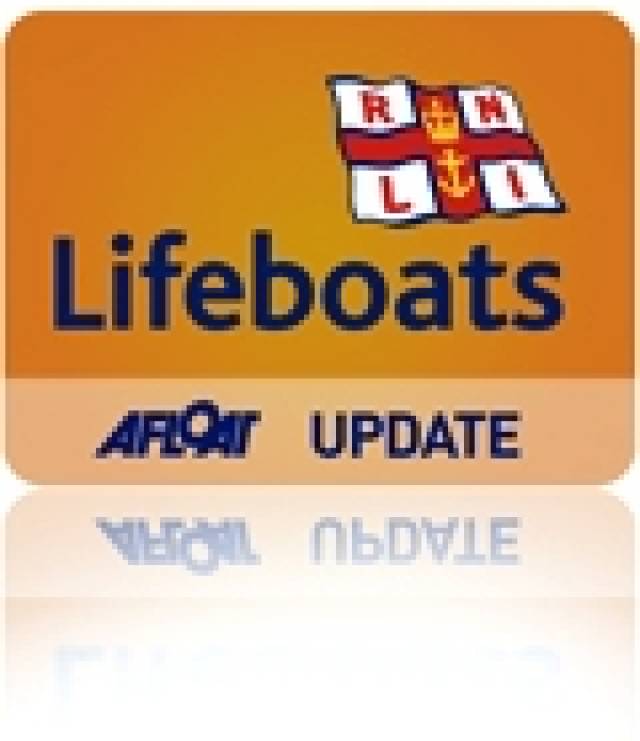Dun Laoghaire Harbour has replaced Malahide as the new location for a relief lifeboat base which is to serve the RNLI's Irish Division, writes Jehan Ashmore.
Dun Laoghaire was chosen because of the strategic central location on the Irish Sea. The base benefits the service in providing improved emergency response times and savings on fuel costs. The Severn-class lifeboat RNLB Osier (17-34) has been one of the designated relief lifeboats to be based in the marina.
An added attraction in choosing Dun Laoghaire is the ability to haul lifeboats out of the water for maintenance and repairs. The boat-lift hoist and transport trailer facility is operated by MGM Boats Ltd and is conveniently sited within the boundary of the marina. In addition the RNLI also operate the lifeboat station beside the Carlisle Pier. The station is served by the Trent-class RNLB Anna Livia and a new inshore-lifeboat (ILB) the Realt Na Mara which entered service during the summer.
Related Safety posts
RNLI Lifeboats in Ireland
Safety News
Rescue News from RNLI Lifeboats in Ireland
Coast Guard News from Ireland
Water Safety News from Ireland
Marine Casualty Investigation Board News
Marine Warnings































































